Precision Agronomy Advisor, Phil Long, brings us an update from the field. He shares what to keep an eye on with this late spring and how emergence may be quicker than normal.
-
Latham Hi‑Tech Seeds
#AsktheAgronomist – Emergence
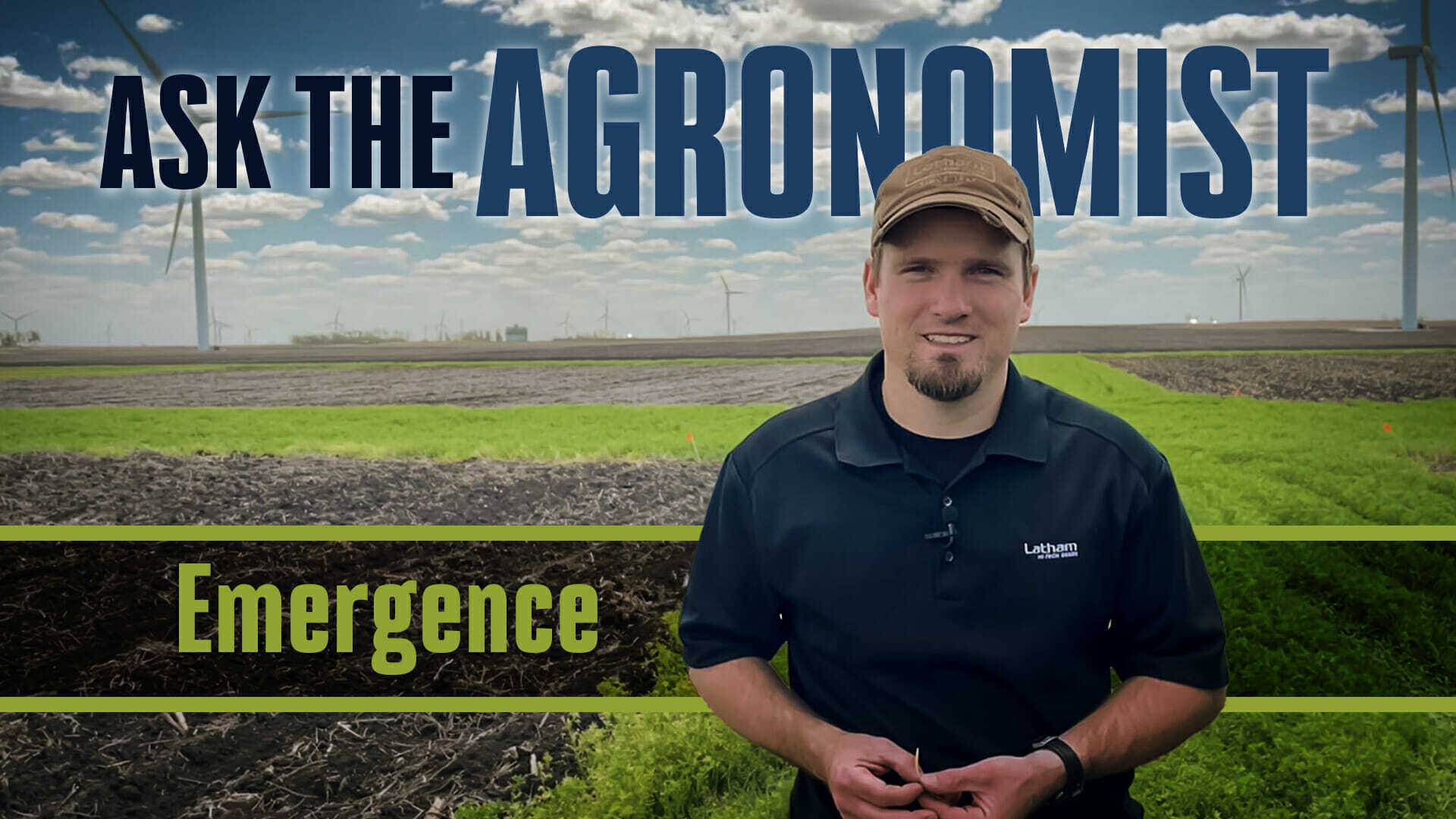
-
Latham Hi‑Tech Seeds
Monster Cookies for Spring Planting!

From the time he was able to follow in his father’s shadow, Troy Johnson of Odebolt in West Central Iowa, spent as much time farming as possible. He began farming full-time with his father, Reese, upon graduating from high school. Shortly thereafter, Troy had the opportunity to purchase his first 40 acres.

The Johnson Family The Johnsons raise corn, soybeans and alfalfa. They started using cover crops in 2015 and have expanded their cover crop acres every year. Benefits include increasing organic matter, controlling erosion, as well as better weed control and water infiltration.
“I’ve been planting Latham® soybeans since the beginning and started planting Latham Hybrids when they came out in 2004,” says Troy, a fourth generation Iowa farmer. “I’ve planted other brands for neighbors, and it’s easy to see the difference in quality when you open a bag. Latham is known for its high-quality standards, and its reputation is well deserved.”
When the Johnson’s neighbor Russ Wilken retired as a Latham® dealer, he asked if Troy would be interested in the dealership.
“I was already planting Latham, so it was a no brainer,” says Troy. “I always enjoy trying new things, so I appreciate getting to learn about new Latham products early. I really appreciate having a team of professionals available whenever I call. Latham Seeds provides us with great customer service.”
Just as Troy’s farming enterprise has grown throughout the years, so has his family. He and his wife, Kathi, are the proud parents of three daughters. Jaci is a sophomore at Odebolt-Arthur-Battle Creek-Ida Grove (OABCIG). She enjoys singing, reading and babysitting. Jaci also is involved in FFA. Sophi is in eighth grade. She plays the saxophone and is a volleyball player. In addition, Sophi enjoys designing cards with calligraphy. Tori, sixth grade, plays the piano and trumpet. She also plays volleyball, basketball and softball.
“We have been blessed to raise our children on the family farm,” says Kathi. “There are many values and lessons the girls have learned that will benefit them in the future. Although farming has its ups and downs, we are grateful to God for the life He has allowed us to live.”
A Tradition of Hospitality
Evelyn Latham, wife of Latham Seeds’ founder Willard Latham, was known for her gracious hospitality. She was sure to invite family, friends, neighbors and customers to sit down at the table to enjoy a fresh cup of coffee with a plate full of homemade cookies. It’s no wonder she was named Master Farm Homemaker in 1962 by Wallaces Farmer!
Throughout the years, we have shared some of Evelyn’s favorite recipes with our dealers and their families. We were delighted when Kathi shared with us that Jaci’s Monster Cookies advanced from the county 4-H competition to the 2017 Iowa State Fair. We can only imagine how delighted Evelyn would have been, knowing Jaci was creating wonderful memories with her mother in their kitchen.
“It was an honor to have my cookies selected to go to state,” Jaci, who earned a blue ribbon at the Iowa State Fair with her Monster Cookies. “I was not expecting that because 2017 was my first year exhibiting 4-H projects at the fair.”
Today we’re once again sharing Evelyn’s Monster Cookie recipe with our readers. We hope you’re able to share a cup of coffee and a few heartwarming smiles with friends, families and neighbors as you enjoy a few homemade cookies. Perhaps you can enjoy a few cookies this planting season!
-
Latham Hi‑Tech Seeds
#AsktheAgronomist – Spring Tillage
Phil Long, precision agronomy advisor, breaks down spring tillage and when to know if the field is ‘fit.’ It’s been a challenging spring, but there is still plenty of time to get the crop in safely and efficiently! Subscribe to Latham’s YouTube Channel today!
-
Latham Hi‑Tech Seeds
#AsktheAgronomist – Alfalfa Evaluation
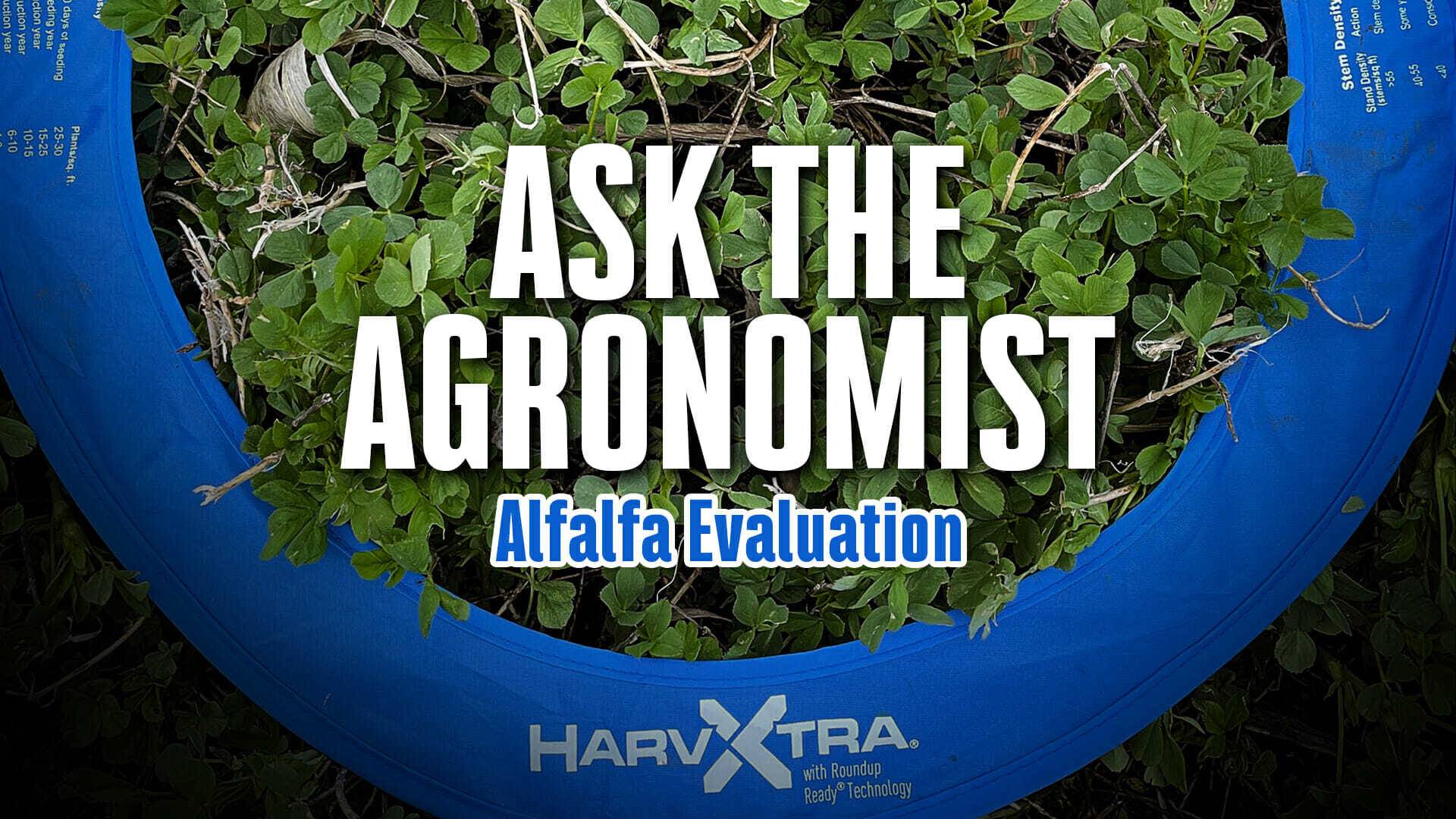
The rain is causing some planting delays in Latham Country, so we thought we’d take a look at our alfalfa stand! Phil Long, precision agronomy advisor, dives into how to evaluate an alfalfa stand and how to gauge growth. Subscribe to Latham Seed’s YouTube Channel today!
-
Latham Hi‑Tech Seeds
#AsktheAgronomist – Cover Crop Termination
 Phil Long, precision agronomy advisor, battles the wind to bring us a field update! He highlights cereal rye and when it should be terminated.
Phil Long, precision agronomy advisor, battles the wind to bring us a field update! He highlights cereal rye and when it should be terminated.Check out The Field Position for more industry and agronomy topics!
-
Latham Hi‑Tech Seeds
Try Something New!
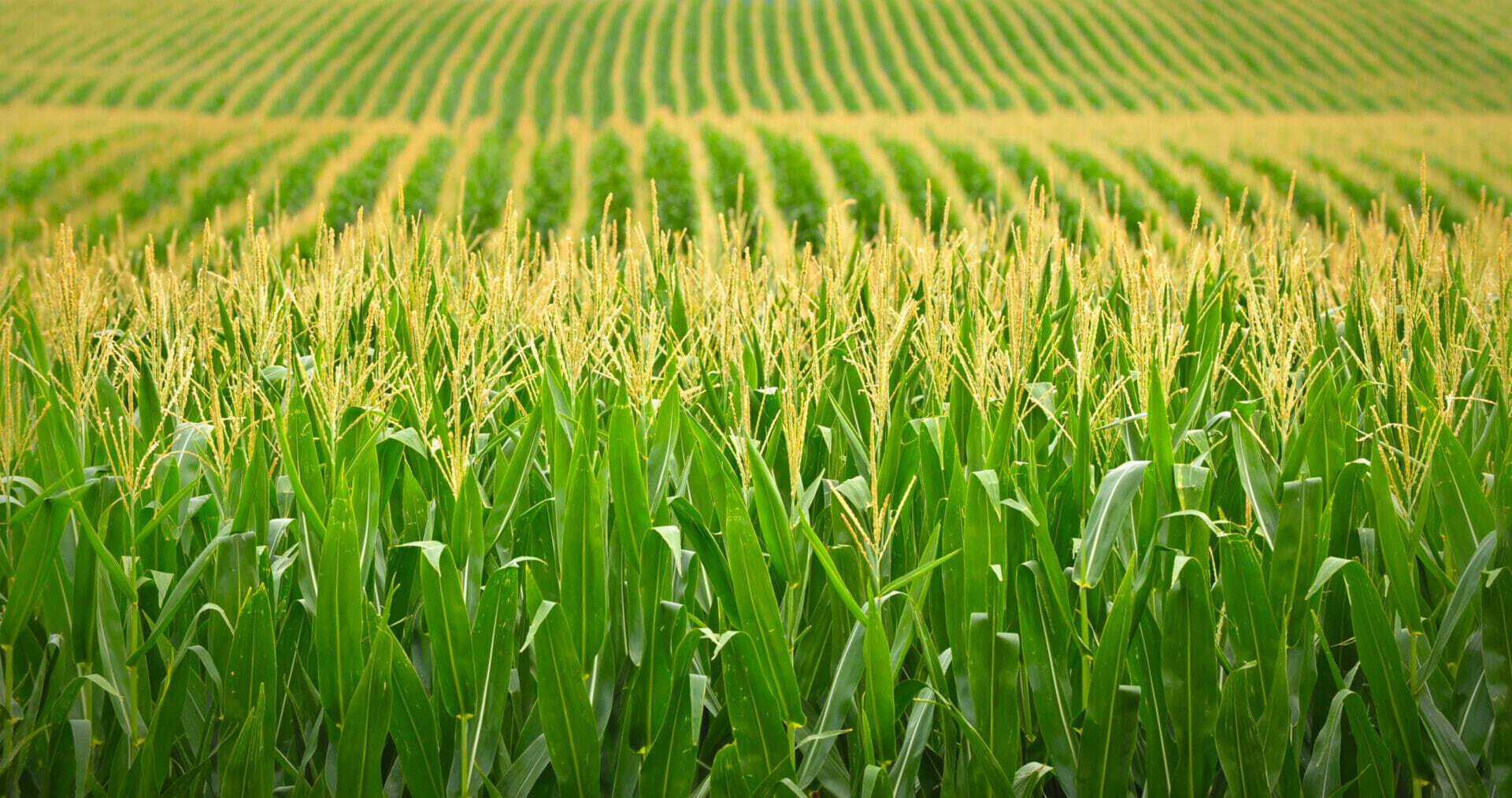
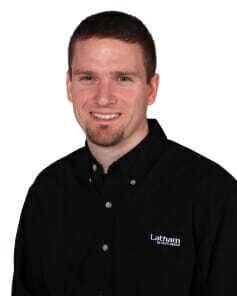
Precision Agronomy Advisor, Phil Long A common theme you will hear when listening to national corn/soybean contest winners is they always use a few acres to try something new. Latham’s Forage Products Manager, Corey Catt, has written numerous articles, encouraging growers to use a few acres to experiment on their own farms with products, seeding rates and management practices.
While third-party research plays an important role in helping us choose seed products, it’s also important to conduct your own on-farm research. Here are a few ideas to try this growing season. If you have acres that struggle with Sudden Death Syndrome, try treating a few soybean units with Latham® SoyShieldTM Plus with Saltro and run a side-by-side comparison. Another idea is to apply sulfur to soybeans and measure your results. Experiment on a few corn acres with Xyway® 3D in-furrow fungicide or try a phosphorus-enhancer, such as Encompass from TALC USA.
You could create quite a list of new products, different tillage/planting practices, in furrow fertilizers, or in-season practices that you could try to break your farm’s yield plateau. Here are some tips to make the most of your on-farm research efforts:
- Use a decent farm, or part of a decent farm, to do your research. Use a farm that has soil types and drainage/topography characteristics that represent a lot of your acres. Don’t pick the less desirable ground in terms of fertility. If pH, phosphorus (P), and potassium (K), levels are wacky, you won’t learn much when trying a new in-furrow treatment, biological or fungicide. Basic needs must be taken care of before you can add more yield.
- Keep it short and simple (K.I.S.S.). Weather and soil types cause enough variation in any research that you don’t need to add complexity. Try one thing at time, so you’re not adding multiple factors into the equation. For example, run a planter pass with Xyway mixed in your starter fertilizer and then shut it off the next pass. Do these two “treatments” at least three more times across your field to reduce the influence of soil types on your results.
- Garbage in, garbage out. Make sure your monitors/globes/planting equipment have the latest update, so you can capture the data when it’s go time. Layout your research, so your combine can capture it. This is very important! For example, if you harvest with an 8-row head, change “treatments” on 20-foot increments.
Mapping what you do this spring will allow you to analyze it next fall. You will want to look at how that new product did in your heavy soils, lighter soils and whether it is worth expanding on more acres next year. Every year is different, so keep weather in mind as it is usually the #1 influencing factor. Start small to find out what works best on your farm. I am happy to help you figure out what new thing to try on a few acres. Give me a call and we can chat more about it at: 641-692-0370.
-
Latham Hi‑Tech Seeds
3 Tips for Assessing Spring Alfalfa Stands

Think of your alfalfa field as a work of art. Your canvas is 43,560 square feet. Our piece is titled, “Profits for 2022” crop season.
Although every square foot has always counted, 2022 is especially important when the commodity prices are as strong. The top three most valuable crops are corn, soybeans and alfalfa, according to U.S. Department of Agriculture (USDA). Each crop is commanding strong prices, but good quality alfalfa is bringing more than $300/ton. A well-managed, strong alfalfa stand can yield more than 5 dry matter (DM) tons per acres with lower input demands verses corn and soybeans. Plus, alfalfa seed costs can be amortized over three to four years after the first stand.
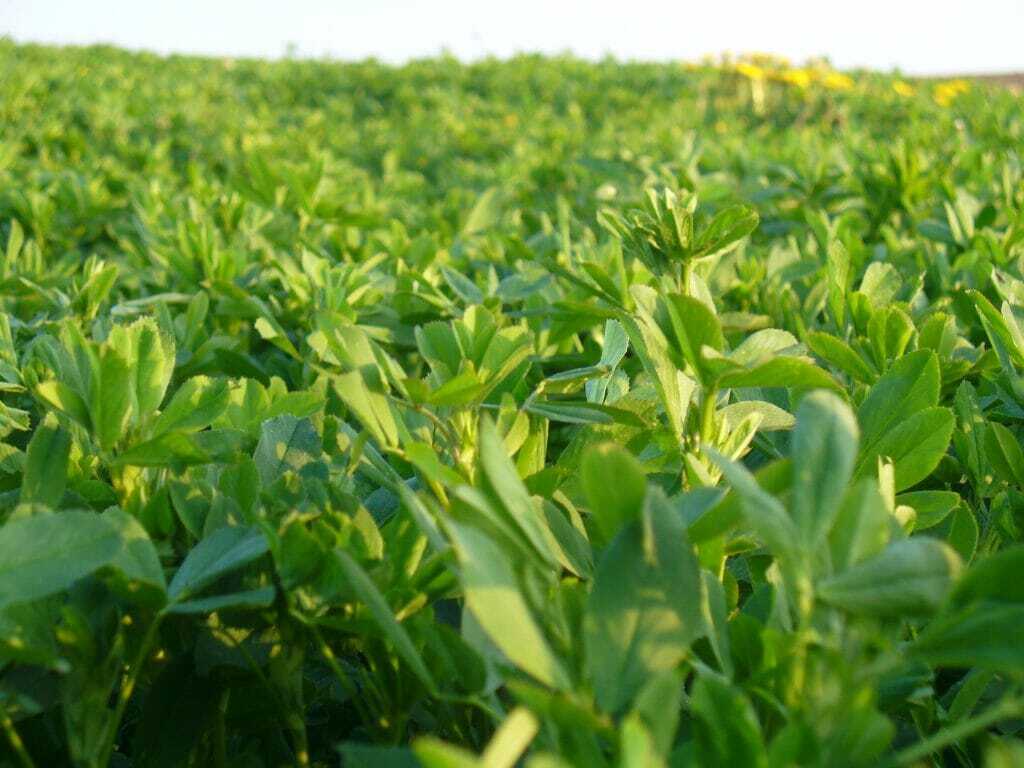
How can you make the most of existing alfalfa crop? Scout your field this spring. Watch for green up; be patient.
Tips for assessing spring stands:
- If the alfalfa isn’t greening up in some areas of field, grab a shovel and dig roots. It’s important to perform dig up samples from different areas within a field to capture the variability. Split crowns to look at crown health. Take the time to count the number of healthy plants per square foot, as well as how many stems per plant. Our goal is to have 4 to 5 strong, healthy plants per square foot or at least 55 stems in that square foot.
- If the average stem density is low in some areas of field but not in others, consider interseeding 5 to 10 pounds of Italian ryegrass to bridge forage for this season. Italian ryegrass establishes quickly, provides tonnage, is good quality, and allows you to capture the value of the alfalfa that is still alive. If you can rotate this field into corn production, you could recognize a 50% nitrogen savings for your corn.
- Calculate yield potential and consider rotating the crop. The University of Wisconsin – Madison Extension provides a calculator to help estimate yield based on the number of stems in a square foot. Once the stem number is determined, use this formula to calculate the yield potential of that stand: Yield (tons/acre) = (Stems/ft2 x 0.1) + 0.38
For example, an alfalfa stand with 50 stems per square foot would have a yield potential of 5.38 tons per acre. Keep in mind that soil, nutrient deficiency, insects, diseases and other factors may affect the actual yield.
The University of Wisconsin – Extension Office has additional resources to assist you with your alfalfa stand. Should you need to establish a new alfalfa stand this fall, contact your Latham® dealer. Latham has a tremendous lineup of alfalfa products to meet your needs!
-
Latham Hi‑Tech Seeds
#AsktheAgronomist – Final Planter Tips
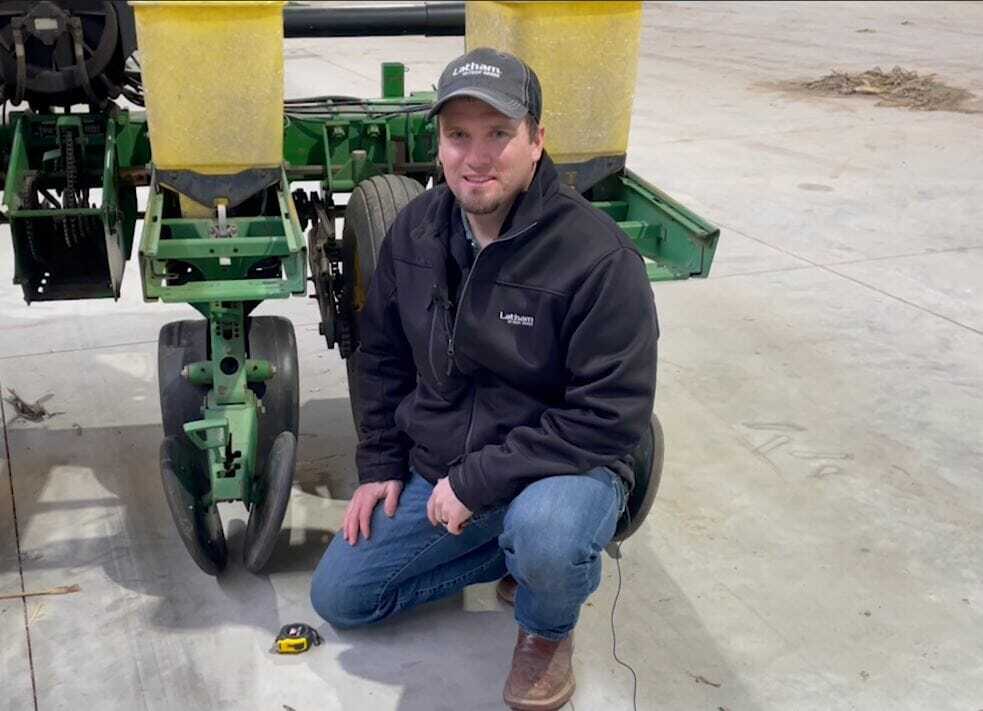
Precision Agronomy Advisor, Phil Long, highlights the closing wheels on the planter for his final #AsktheAgronomist – Planter Series. He advises when they should be replaced and how you can test them to make sure they are in alignment.
Latham Seeds has lots of great agronomy videos on our YouTube Channel. Subscribe today!
-
Latham Hi‑Tech Seeds
#AsktheAgronomist – Planter Prep

Phil Long, precision agronomy advisor, is doing a new mini series on prepping the planter! This week he discusses seed depth and when to replace your disc openers. Phil shares more tips on getting your planter ready on Latham’s YouTube Channel.
-
Latham Hi‑Tech Seeds
#AsktheAgronomist – How to Keep Residue Out of the Furrow?

Residue in your fields can play a major factor on how your seed is planted. Phil Long, precision agronomy advisor, unpacks tillage/no-till, row cleaners and other factors to improve your stand when dealing with residue. Subscribe to our YouTube Channel today to learn more agronomy tips and industry news.